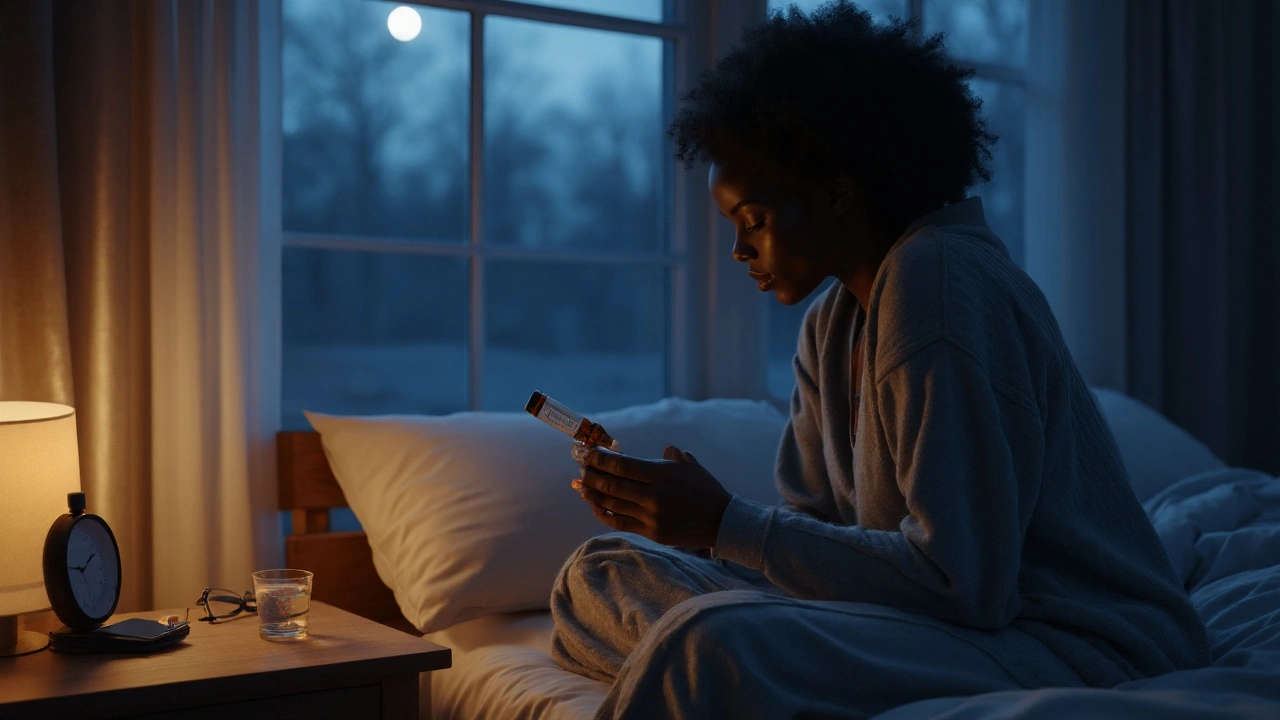Melatonin Dosage: How Much Is Right for You?
If you’ve tried counting sheep and still feel groggy, melatonin might be the shortcut you need. But the biggest mistake people make is guessing the dose. Too little and you stay up, too much and you feel foggy all day. Below you’ll find the practical amounts that work for most folks, plus the timing tricks that make the difference.
How Much Should You Take?
For most adults, 0.5 mg to 3 mg taken about 30‑60 minutes before bedtime works well. Start low—0.5 mg is enough to see if your body reacts. If sleep is still elusive after a few nights, bump it up in 0.5 mg steps. Most research shows no added benefit above 5 mg for regular use.
Teenagers (13‑18 years) usually need 1 mg to 2 mg. Kids under 12 should only use melatonin if a doctor says it’s okay, and the dose is typically 0.5 mg to 1 mg. Remember, kids process hormones differently, so keep the dose minimal and the treatment short.
Best Practices for Safe Use
Timing is key. Take melatonin after sunset, when your body’s natural melatonin starts to rise. If you’re on a night shift, aim for the same interval before you plan to sleep, even if it’s daytime. Avoid caffeine and heavy meals within two hours of taking your dose; they can blunt the effect.
Pick the right form. Tablets, gummies, and liquid drops all deliver the same hormone, but liquids let you fine‑tune the dose more easily. If you travel across time zones, a fast‑acting liquid can help reset your clock faster than a chewable.
Watch for side effects. The most common are mild headaches, mild stomach discomfort, or feeling a bit drowsy the next morning. If you notice vivid dreams, a lower dose often eases them. And never mix melatonin with alcohol or strong sedatives—your brain will thank you.
In summary, start low, be consistent, and adjust slowly. Most people find a sweet spot between 0.5 mg and 3 mg, taken just before bed, and they sleep soundly without the morning crash. If you still struggle after a month, it’s time to chat with a healthcare professional to rule out underlying issues.
-
 VIEW POST
VIEW POSTMelatonin for Insomnia: Safe Doses, Timing, and Tips That Actually Work (2025 Guide)
Sep, 2 2025|20 CommentsStruggling to sleep? Learn when melatonin helps, the right dose and timing, who should avoid it, and smart safety tips. Evidence-backed, clear, and practical.